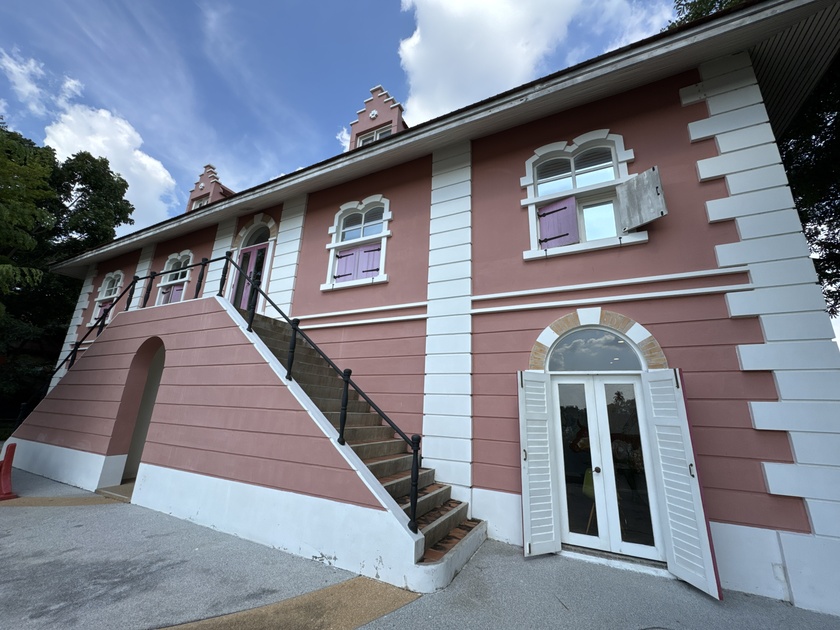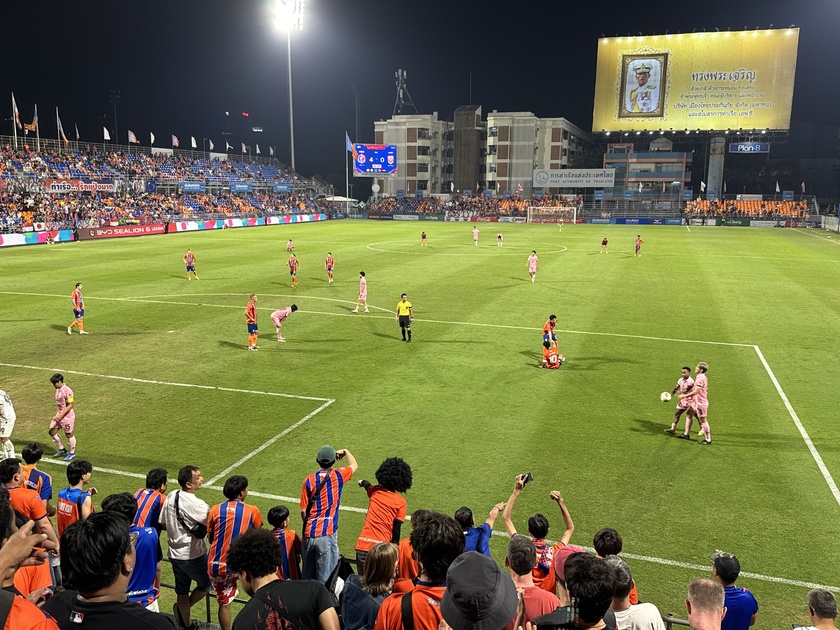Baan Hollanda บ้านฮอลันดา is a former Dutch trading village in Thailand, founded in 1643 during the Ayutthaya era. Located along the Chao Phraya river near the Ayutthaya Historical Park, to the south of the city island. It was established by the Dutch East India Company (VOC).
The term "Wilanda" was used by the Siamese in the past to mean those from the Netherlands, or the Dutch. It was derived from the Malay "Orang Belanda". It was used to denote the Dutch in Java and elsewhere in the East Indies. "Belanda" itself was possibly derived from the Portuguese "Hollanda" (Holland).
The Dutch first established formal trade relations with Siam in 1604, towards the end of King Naresuan’s reign. In 1608, King Ekathotsarot granted permission to the Dutch East India Company (VOC) to open its trading post in Ayutthaya.
The location was in the southern part of the walled island city and was a rather constricted space. In 1634, during the reign of King Prasat Thong, a new VOC ...
Port FC vs Sukhothai FC match in the Thai League 1 (2025–26 season) January 10, 2026, at PAT Stadium in Bangkok.
Port FC delivered a dominant and professional performance, securing a convincing 5-0 victory over Sukhothai. The home side took complete control early, building a commanding 3-0 lead by halftime through clinical finishing and strong play. The second half was more controlled and low-key, as Port managed the game to protect their advantage while still adding flair. Two late penalties helped inflate the final scoreline, providing some extra gloss to an already decisive win.
This result gave valuable minutes to several squad players, including league debuts for some and a first league appearance of the season for key figure Bordin Phala. It was a solid, commanding display from the home team.
Port FC vs Sukhothai Thai League Football January 10th 2026 - Start of the Second Half of the Season
January 10, 2026, marks National Children’s Day in Thailand (วันเด็กแห่งชาติ), and the Royal Thai Air Force (RTAF) is hosting one of the most popular and exciting events at Don Mueang (specifically at Squadron 601, Wing 6, opposite Don Mueang International Airport, along with the nearby Royal Thai Air Force Museum and Thung Si Kan small airfield).
This annual air show is a highlight for families, especially children, offering thrilling aerial displays, close-up views of aircraft, and various fun activities to inspire youth and showcase Thailand’s air defense capabilities. The event is free to attend and draws huge crowds—often over 100,000 people!
This is a free event and really a lot of fun for everyone, not just military enthusiasts.
F-16 Fighting Falcon: RTAF Air Show Children’s Day 2026 การแสดงบินวันเด็ก กองทัพอากาศ 2569 Bangkok
Port FC vs Sukhothai FC match in the Thai League 1 (2025–26 season) January 10, 2026, at PAT Stadium in Bangkok.
Port FC delivered a dominant and professional performance, securing a convincing 5-0 victory over Sukhothai. The home side took complete control early, building a commanding 3-0 lead by halftime through clinical finishing and strong play. The second half was more controlled and low-key, as Port managed the game to protect their advantage while still adding flair. Two late penalties helped inflate the final scoreline, providing some extra gloss to an already decisive win.
This result gave valuable minutes to several squad players, including league debuts for some and a first league appearance of the season for key figure Bordin Phala. It was a solid, commanding display from the home team.
Port FC vs Sukhothai Thai League Football January 10th 2026 - Start of the Second Half of the Season










































